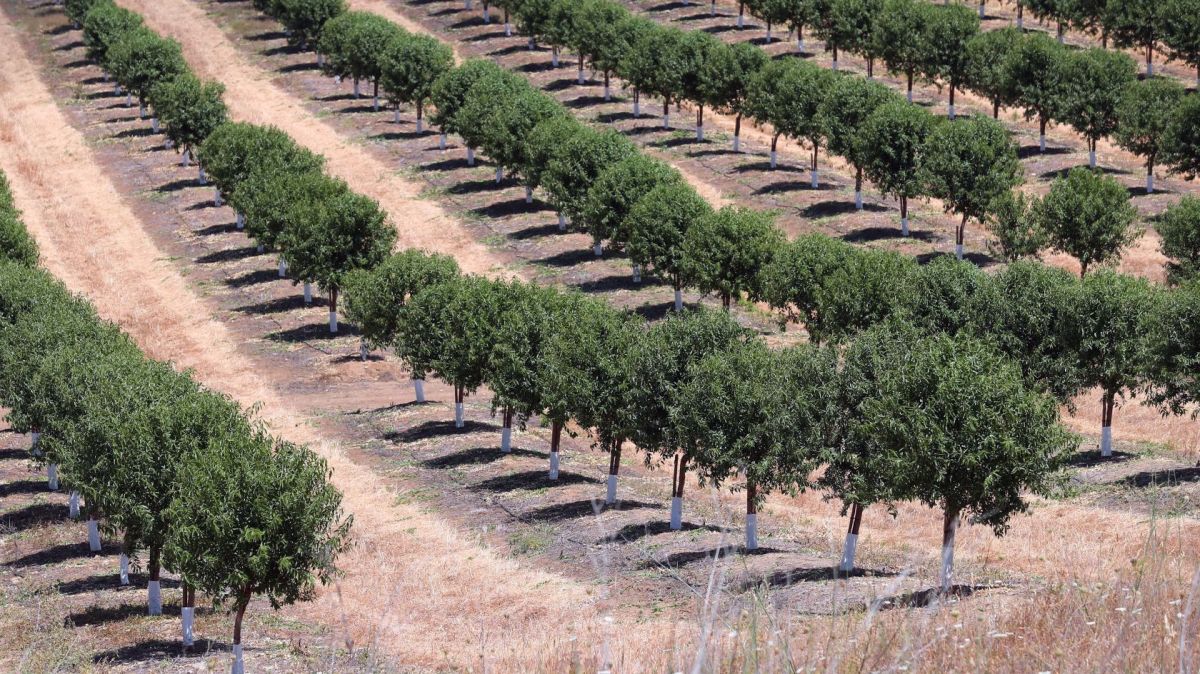I would think nearly everybody has pepper in the kitchen for seasoning. Black pepper is now the most commonly used spice in the world, but white pepper is still used in professional kitchens for seasoning white sauces, to prevent little black dots spoiling the look of creamy creations.
I got to thinking about where peppercorns grow – are they a seed? Do you dig them up, or what? It turns out they are actually fruits that grow on a vine, which are dried to produce the peppercorns we are familiar with. The black pepper plant, Piper nigrum, is a vine that produces green flower spikes and small, dark fruits (or drupes) - the peppercorns - that are dried or ground for seasoning.
Native to southern India and now common across Indonesia, Southeast Asia, Vietnam, Brazil and other tropical regions, the black pepper is a plant that enjoys warm, wet conditions with mild winters, and I doubt you could grow them here in Portugal, but someone reading this might actually like the challenge! Apparently gardeners in other climates have grown black pepper vines as an ornamental annual, and bring the plants inside or into a greenhouse over the colder months.
The challenge
So if you feel you are up to the challenge, the most common way to grow your own is from a seed, and you can buy them online. They should be fresh, so are only viable for a short time. Soak them overnight first to soften their thick seed coats to make it easier for them to sprout, then plant in a loamy soil high in organic matter, one-quarter-inch deep and three inches apart.
The important bit is to keep the soil warm and evenly moist to encourage the seeds to sprout and grow leaves, maintaining the temperature at around 80 F. Germination can take up to a month or more - so be patient! - and once young plants are at least six inches tall, you can transplant them into your garden or into a container.
The plants need a lot of care to thrive, so it won’t be an easy task. Give it good light - they do best in a spot that receives around six hours of direct sunlight per day or full sun. If you’re growing your plant indoors, choose a spot that gets plenty of morning sunlight, keep the soil moist, and maintain high humidity, so you might consider growing it in a greenhouse or indoors under plastic, or near a humidifier to maintain humid conditions.
They need consistent warm temperatures to survive, and as it is a vine, it will need a strong support system – a trellis, cage or fence to climb on.
Fruiting
If you are lucky enough to get to the fruiting stage, harvest and dry your red peppercorns on a tray in the sun (or in a food dehydrator) for at least three days. You’ll know they’re ready when they turn black and hard. (To produce white pepper, remove the red hulls from the peppercorns before drying them.)
So, it is possible to grow peppercorns at home, but a lot of patience is needed! In addition to its culinary value, pepper makes a lovely houseplant or landscaping plant with its glossy, evergreen leaves and large flowers.
Peppercorns come in several colours: black, white, and less common green, which are under-ripe, and are freeze-dried to maintain their colour. Rarer are the red/purple peppercorns, which are vine ripened and give off a more complex fruity flavour with a sharper kick. What you'll more often see in blends is the pink peppercorn, which, to make things more confusing, is not actually a peppercorn at all, but are the dried berries of the shrub Schinus molle, commonly known as the Peruvian peppertree. Pungent and a little sweet, it is added to blends to add variety and colour. They have the same peppery bite, but it's wrapped in a sweet fruity flavour likened to a ‘berry with an attitude’!
All black pepper comes from the same species, but like wine, it has differences based on where it's grown, so perhaps yours will be unique if you are successful in growing your own!
Marilyn writes regularly for The Portugal News, and has lived in the Algarve for some years. A dog-lover, she has lived in Ireland, UK, Bermuda and the Isle of Man.










